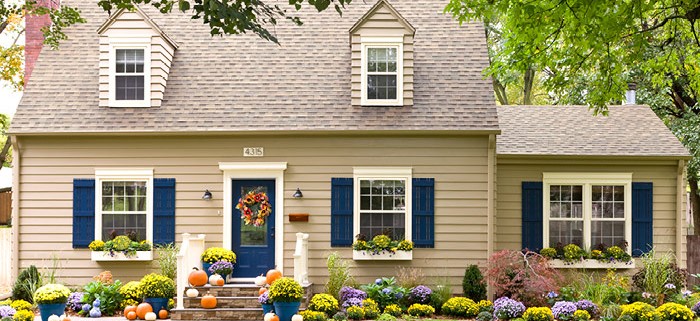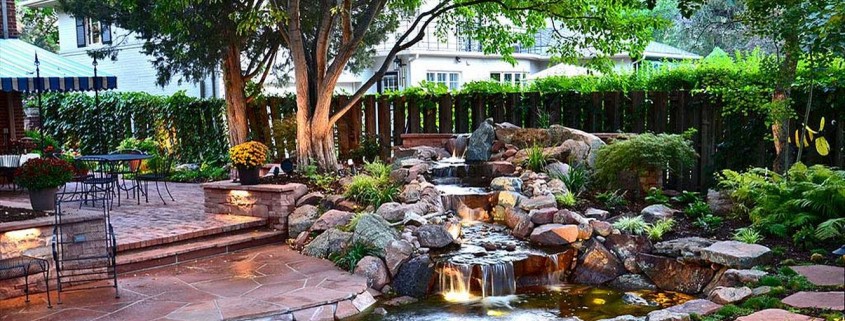Winter (December – February)
Trees and shrubs:
• Prune trees as needed to shape and raise the undercarriage
• Prune shrubs to allow for penetration of light and moisture
• Apply dormant oil to shrubs to reduce problems with insects during the spring and summer
• Trim crape myrtles and Liriope
• Apply post-emergent weed control as necessary.
• Begin mulch applications toward winter’s end
Lawns:
• Apply coating of lime to warm season turf
• Apply post-emergent weed-control as needed
• Inspect for insects and disease, treating as necessary
• After February 15th, apply pre-emergent weed control to entire lawn
Planted beds (softscapes):
• Remove leaves, weeds, sticks, debris, etc., from planted areas
• Apply post-emergent weed control as needed
• Cut back ornamental winter grasses as needed
• Install spring bulbs by January 15th
• Begin mulch application as weather permits
• After February 15th, apply pre-emergent weed control
Hardscapes, water features, irrigation systems, and outdoor lighting:
• Keep walkways and driveways clear of snow and ice by contracting a dependable service
Additional:
• Continue planning and designing of next year’s landscaping projects
• Begin making decisions about next year’s landscape management and maintenance contracts by collecting information and speaking with representatives from qualified landscape firms
• Finish any wintertime home-improvement projects




